Your cat is constantly talking to you. From gentle trills to urgent yowls, every sound carries a specific message that’s often more complex than you might realize. The problem is that many of us humans have been getting these conversations completely wrong.
Research shows that while cat owners are decent at understanding their own cat’s communication, they often misinterpret what other cats are saying. Even worse, we frequently miss the true meaning behind sounds our own feline companions make every day. Understanding what your cat is really trying to tell you can strengthen your bond and help you respond to their needs more effectively.
The Purr Isn’t Always Happy
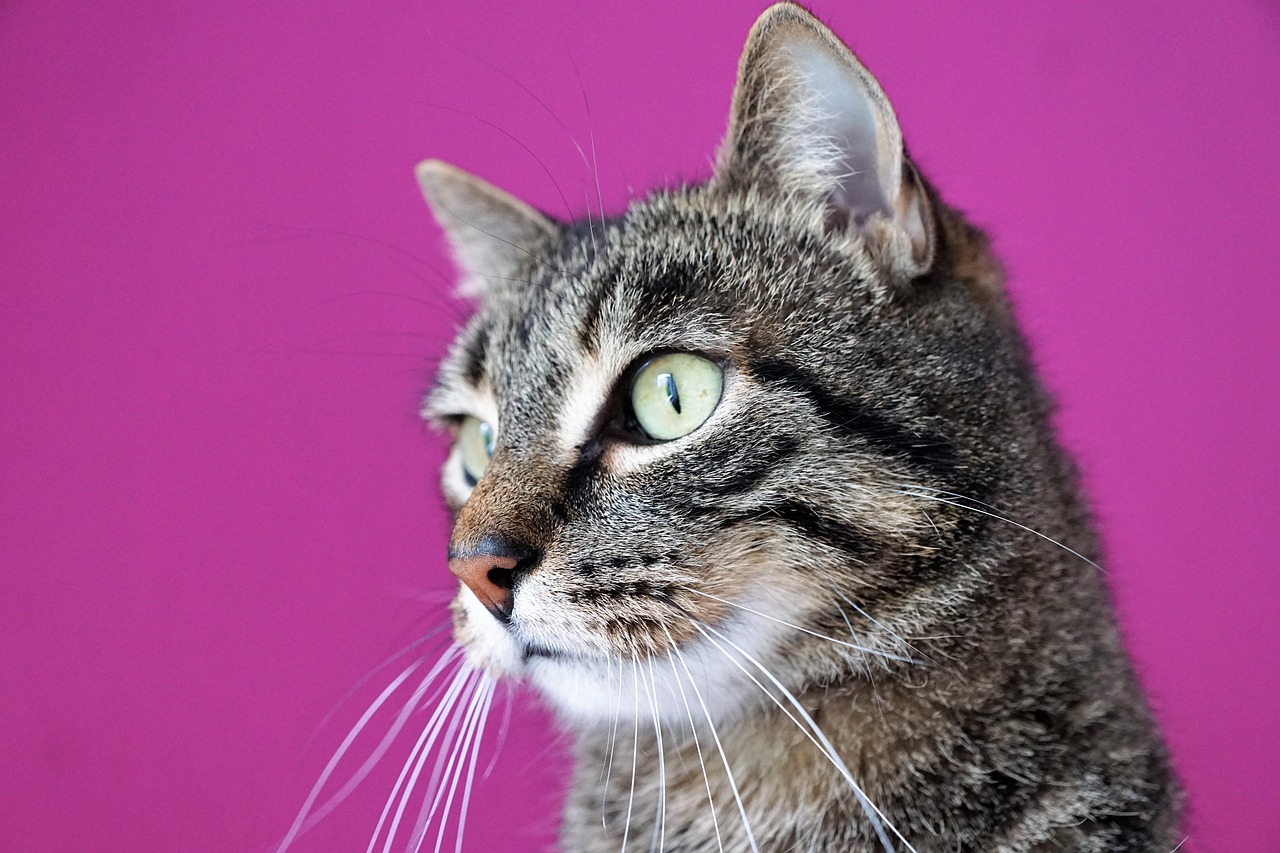
You’ve probably always assumed that purring means your cat is content and relaxed. While this is often true, purrs can also mean that a cat is scared, sick, or in pain. This might come as a shock to many cat owners who see purring as the ultimate sign of feline happiness.
Like all feline communication, purring must be evaluated in context with the cat’s body language. If the cat’s ears are back, their pupils are dilated, they’re tense or hunched up, or they’re acting differently than normal, then purring may indicate that the cat is uncomfortable or unhappy. Think of purring as your cat’s way of self-soothing, similar to how a child might suck their thumb when stressed. Research has shown that purring is used as a form of self-soothing in cats. If your pet is showing other signs or symptoms of being unwell and is purring unprovoked, it may be that they are in some kind of pain.
Yowling Doesn’t Mean Your Cat Is Just Being Dramatic
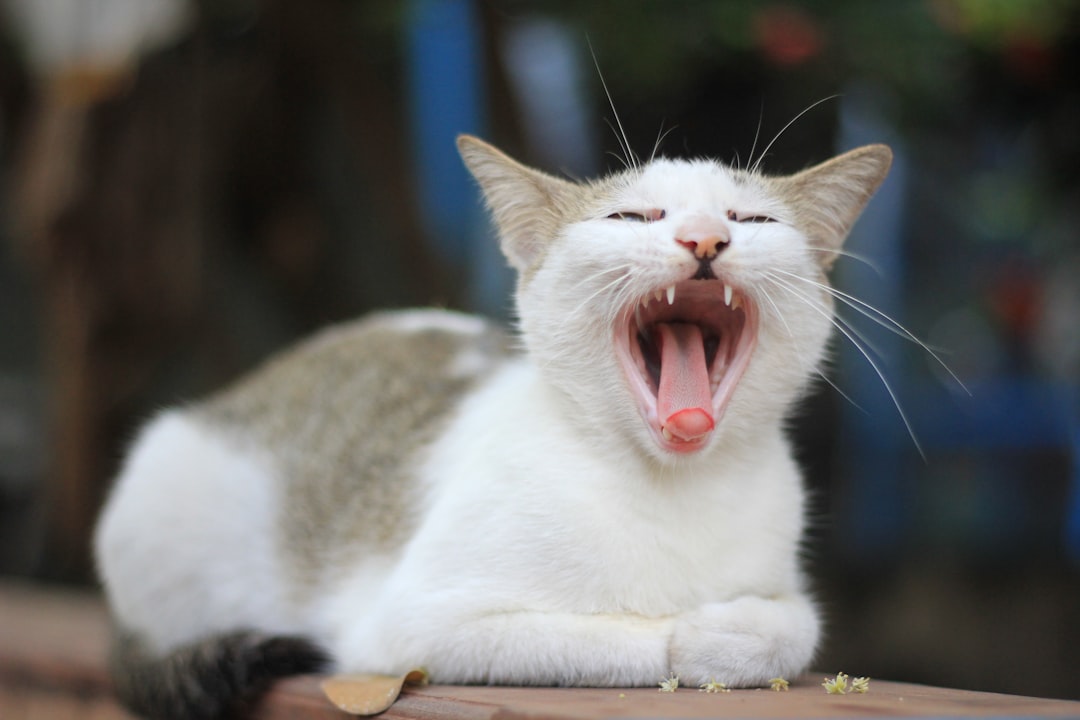
That long, drawn-out yowl that wakes you up at night isn’t your cat being overly theatrical or demanding. The yowl is often a cat-to-cat communication; it can mean “I want to mate,” or “I don’t want you coming around my place.” It can also occur when a cat isn’t feeling well, when senses or cognitive functions decline, or when something in her environment (perhaps a new cat on the block) isn’t to her liking.
Yowling and howling are signs that a cat is in distress. This may be physical distress from pain or illness, or emotional distress from worry, frustration, boredom, or confinement. Elderly cats may yowl if they suffer cognitive dysfunction syndrome, or dementia. If a cat yowls when the family is away from home, they may have separation anxiety. Rather than dismissing this as attention-seeking behavior, consider it a genuine cry for help that deserves your immediate attention.
Chirping and Chattering Aren’t Just Cute Bird Imitations
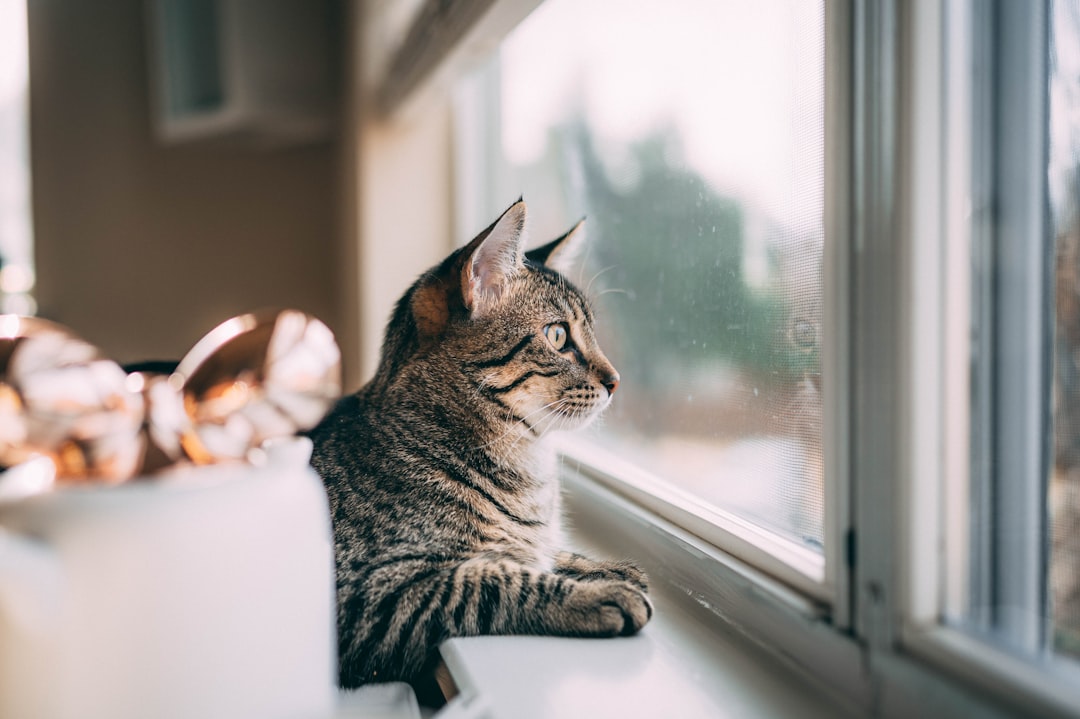
When your cat makes those adorable chirping sounds while staring out the window at birds, you might think they’re simply trying to mimic their prey. The reality is more complex and fascinating. A behavioral study found that, in most cases, a cat chirps because of feelings of anticipation or frustration. This would explain why a queen chirps at her kittens, as anyone who has tried to herd cats can understand what a frustrating endeavor this can be.
If your cat is making this sound, it’s likely that they are mimicking potential prey, or even simulating the bites it would inflict upon said prey. However, chattering, also called twittering, is a low smacking sound produced by a rhythmic clashing of the jaws. It is usually voiceless (produced without using the vocal cords). Along with chirping, chattering may occur when a cat spots prey that’s out of their reach. Your cat isn’t just being cute; they’re expressing genuine hunting frustration and excitement.
Silent Meows Are Actually Sophisticated Communication
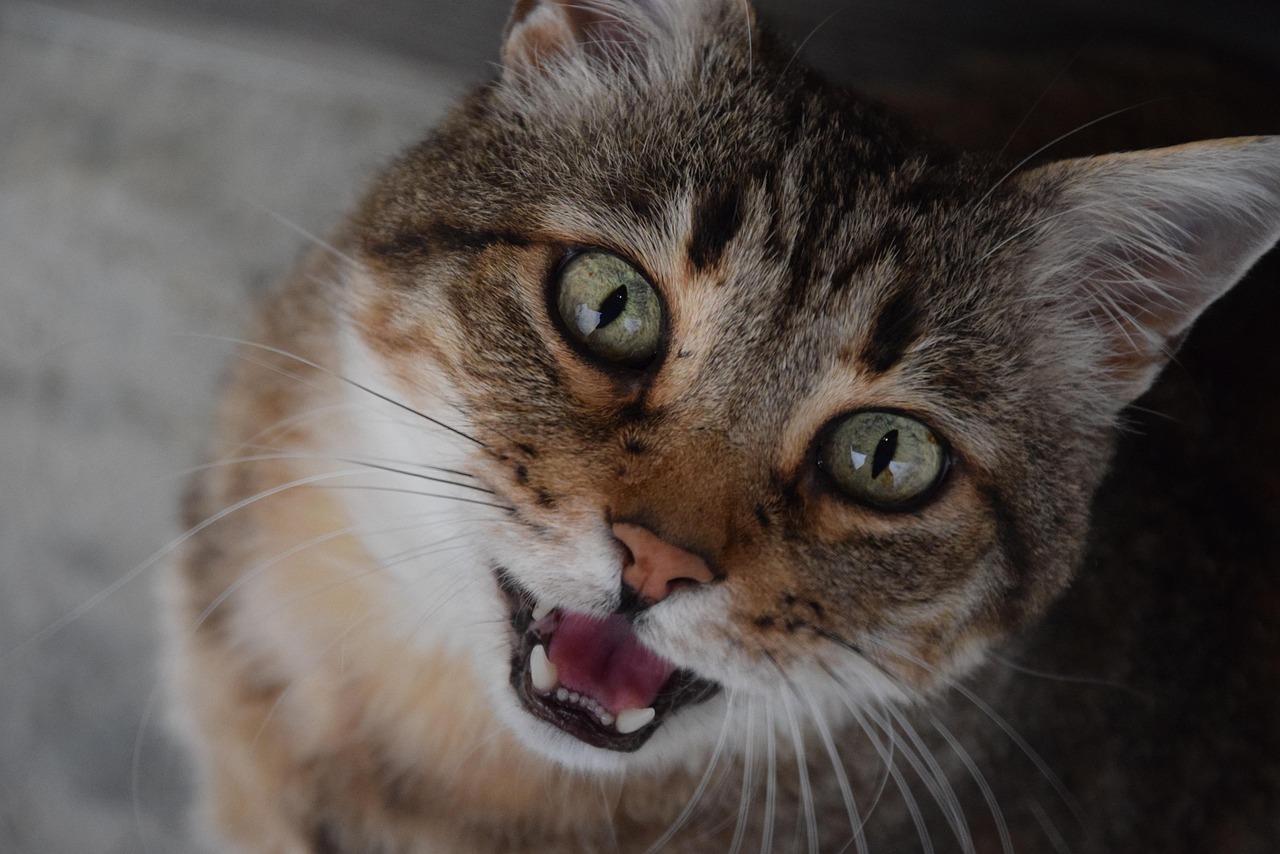
You’ve probably noticed your cat opening their mouth as if meowing, but no sound comes out. Many owners assume this is just a broken meow or that their cat is saving their voice. The truth is much more interesting. There is even a silent meow, and it’s a deliberate form of communication.
The meow of an adult cat is almost exclusively used to communicate with humans, and not other cats. As cats in domesticity tend to think of themselves as our eternal offspring, they maintain this endearing vocalization throughout their adult lives. The silent meow is often your cat’s most polite and intimate way of asking for something. It’s like they’re whispering just to you, recognizing that you’re paying attention and don’t need the full volume treatment. Every cat develops, in the course of the life they share with their humans, unique sounds that suit specific relationships and needs for communication. It’s highly likely that the cat has identified sounds that will trigger expected results from their humans or fellow cats more quickly. Every cat has its own ‘secret’ language, known only to its trusted human.
High-Pitched Meows Don’t Always Signal Distress
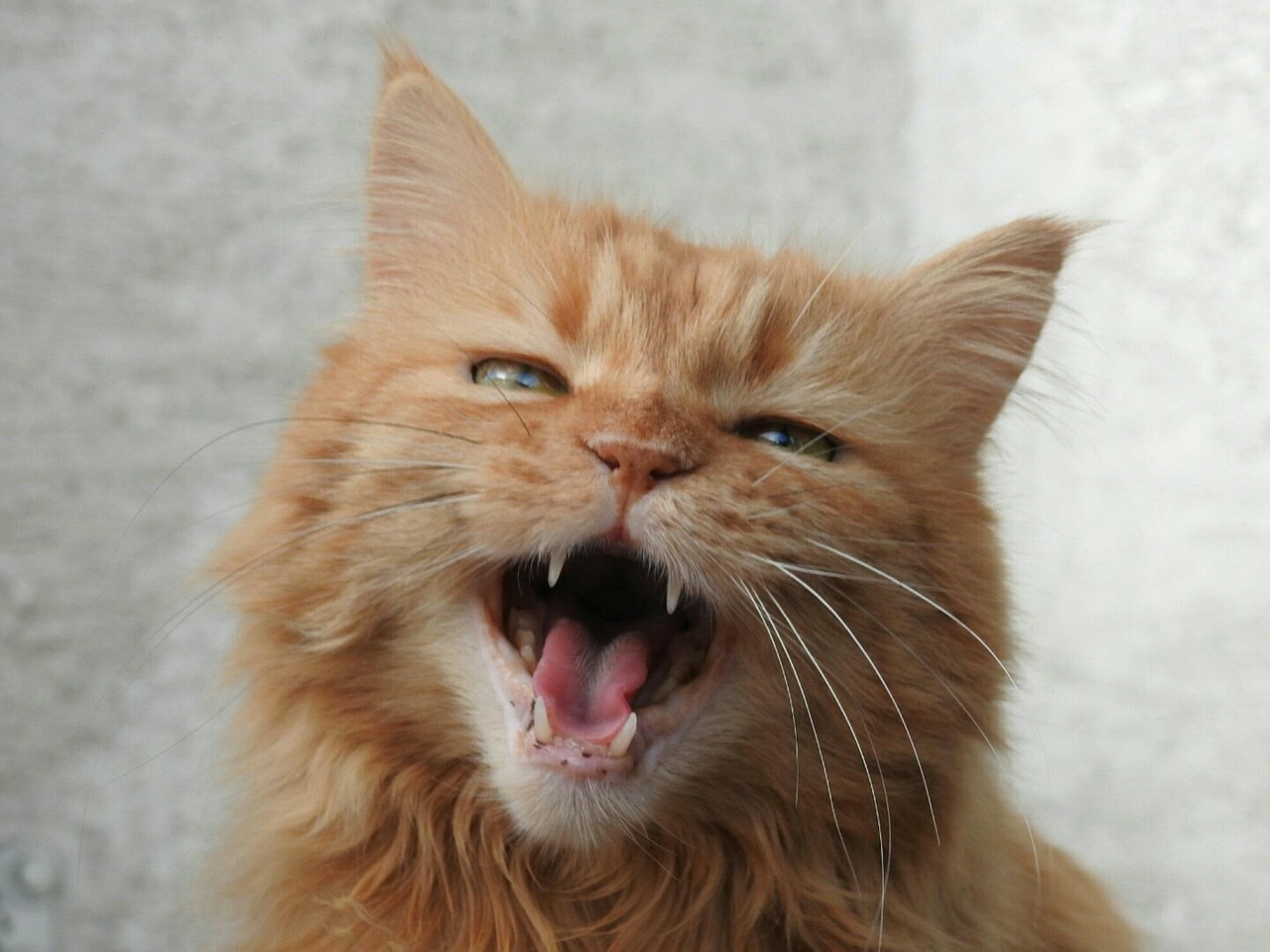
When your cat lets out a sharp, high-pitched meow, your first instinct might be to panic, thinking something is wrong. While a high-pitched meow from a cat usually indicates that they are startled, hurt, anxious, or surprised. This meow can sound more like a yelp due to its high pitch, there’s another side to this sound that many owners miss.
A high-pitched meow can also be a way of asking for attention in a quick, urgent manner. A rapid series of high-pitched meows might mean your cat wants something from you, like food or playtime. This kind of meow can often sound more like a yelp due to the high pitch – and that is often what it means! Your cat will make a high-pitched meow sound when they are suddenly startled or hurt. The key is reading the context and your cat’s body language to determine whether it’s excitement, urgency, or actual distress.
Conclusion
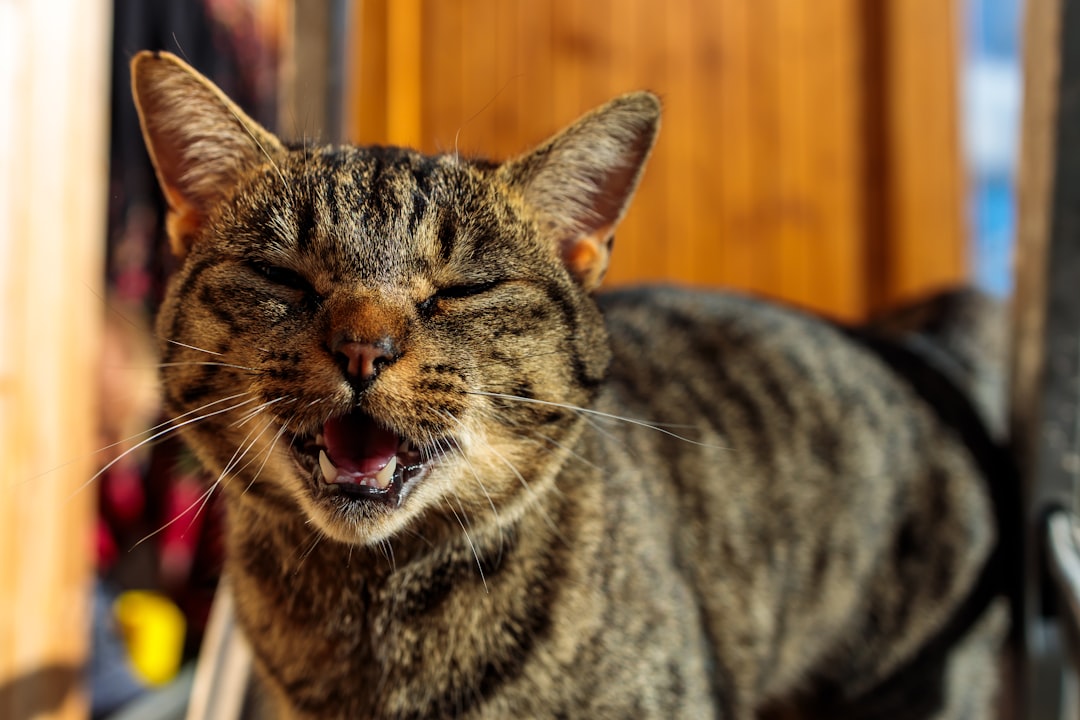
Understanding your cat’s true vocal language transforms your relationship from guesswork to genuine communication. The different sounds your cat makes – cute, silly or scary – are all a part of cat language. But when you know what those sounds mean, they make perfect sense and can help you communicate with your cat. The next time your cat vocalizes, take a moment to consider the context, their body language, and what they might actually be trying to tell you.
Your feline friend has been speaking to you all along; now you’re finally ready to listen properly. What do you think about these surprising cat communication secrets? Tell us in the comments.






